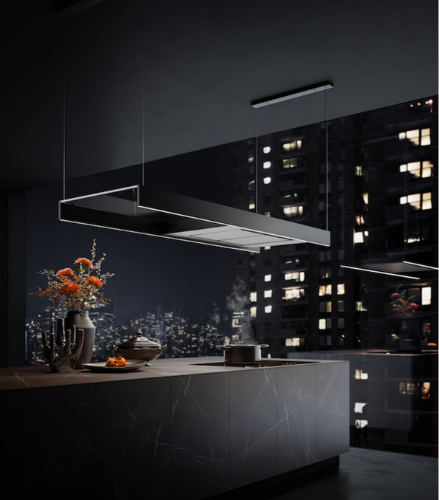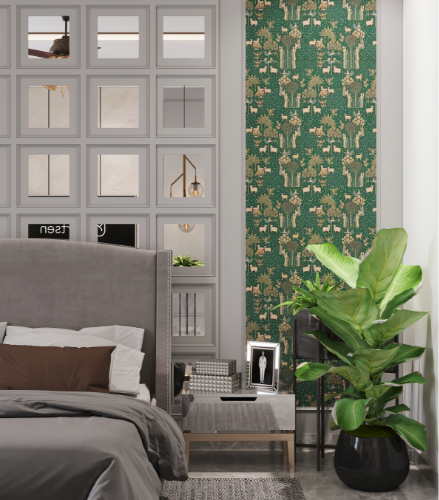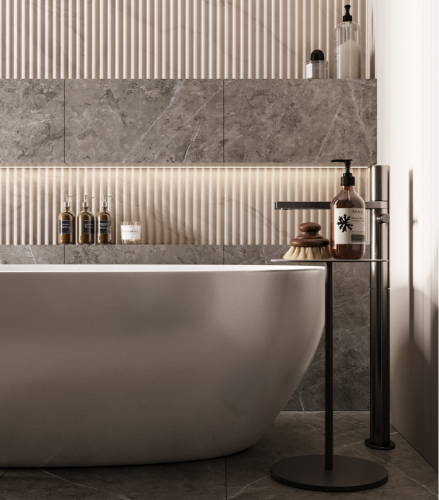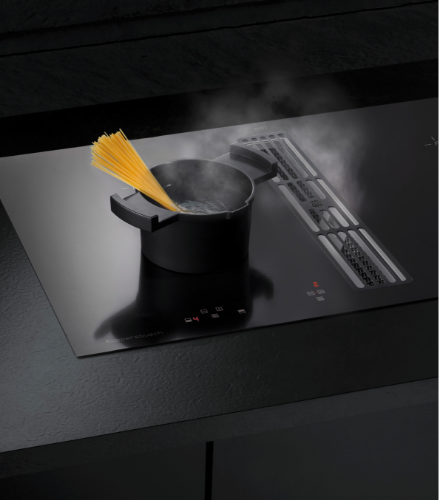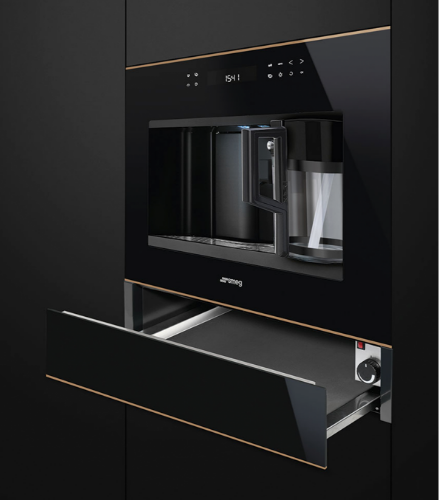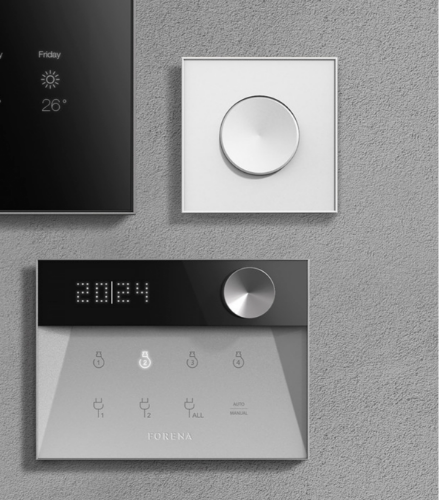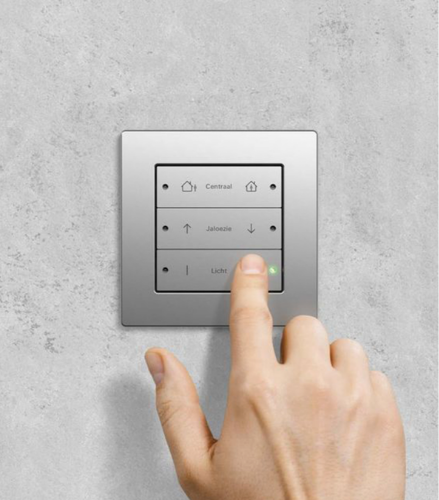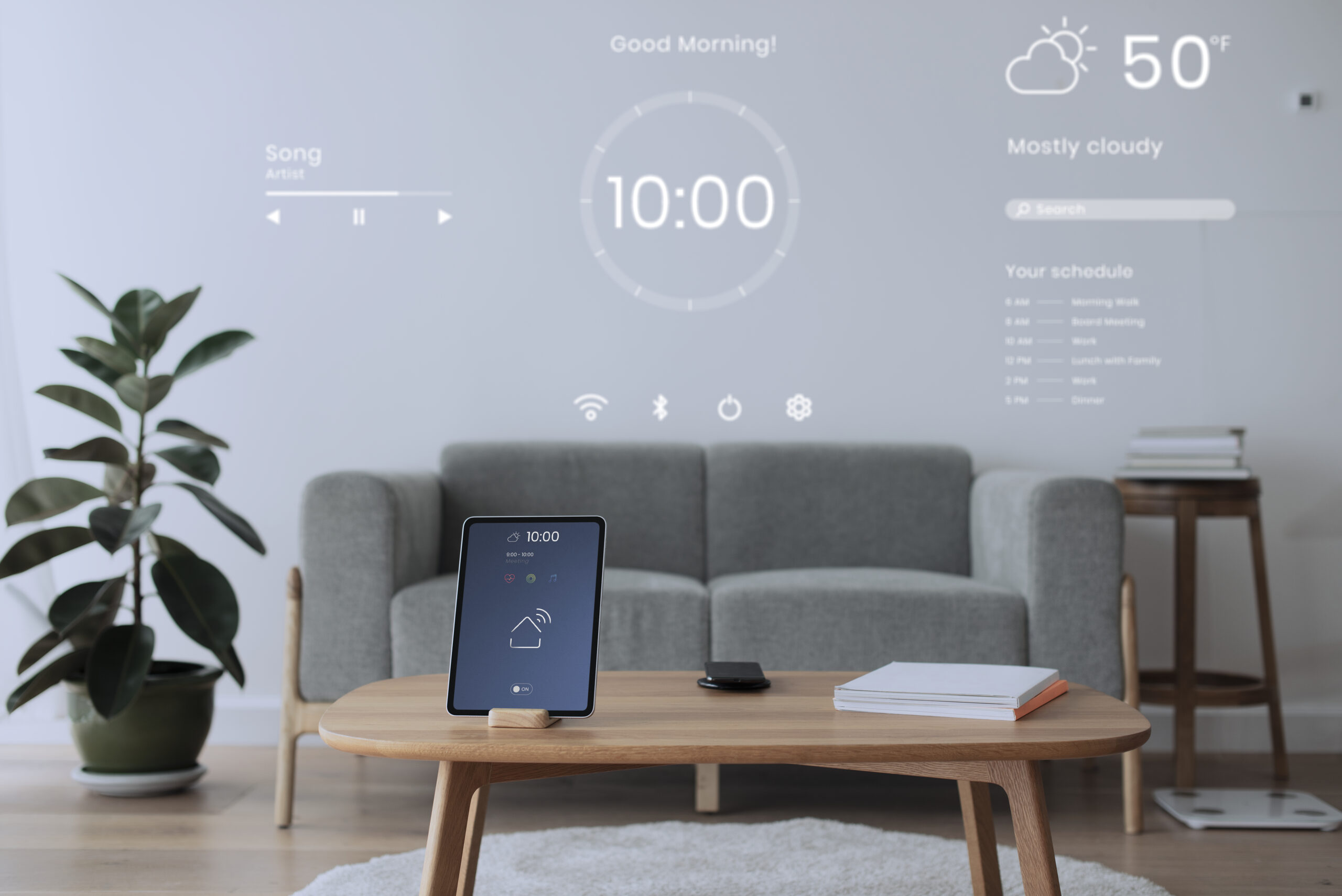In a world where you can control the brightness of a bulb through your phone, integrating the same principle of automation in the rest of your home isn’t as complicated as most people think. In the simplest of terms, home automation can be described as the use of technology to control and automate various household appliances, devices and systems.
It also gives you the ability to manipulate remotely and monitor your home’s lighting, heating and cooling, security systems, entertainment systems and other devices via a centralised approach. Moreover, both homeowners and designers alike across the globe have started integrating the same into homes to improve the home’s overall value and to add a luxurious touch to it. Still, a vast majority of the public remains oblivious to the technology. Thus, this blog will help you understand everything you need to know about home automation, so you can make the right decision for your own home.
Types of Home Automation Systems and Devices
A huge chunk of the benefits associated with home automation is due to the plethora of devices that go into building the overall system. So, it’s vital that you understand what each one does to reap all the benefits of the system.
1. Smart Home Hubs
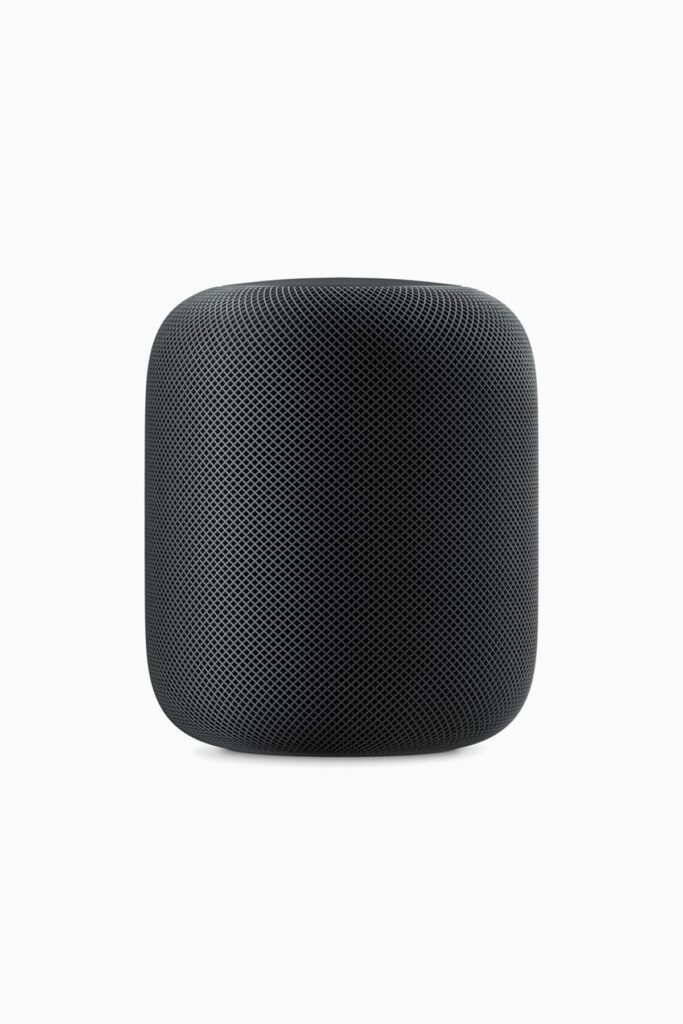
These devices are at the core of a smart home, as they communicate with all the other smart devices in the home. Be it your smartphone or the security system. These devices turn, performing everyday tasks into mere simple commands. To get into the technical side of things, these devices collect, translate and manage all the data from all the other devices in your home to either alert you with the information or to take action on your behalf.
2. Smart Thermostats

If it wasn’t clear by the name, these systems allow you to control the temperature of your home. It also automates the heating system and eliminates the need for human intervention, the system records the temperature you prefer and makes adjustments according to the temperature outside the home.
3. Smart Lighting
Smart lighting solutions are widely used today as they have the potential to reduce electricity bills significantly. Besides offering remote control functionality, these solutions can also be automated using sensors.
4. Smart Security System
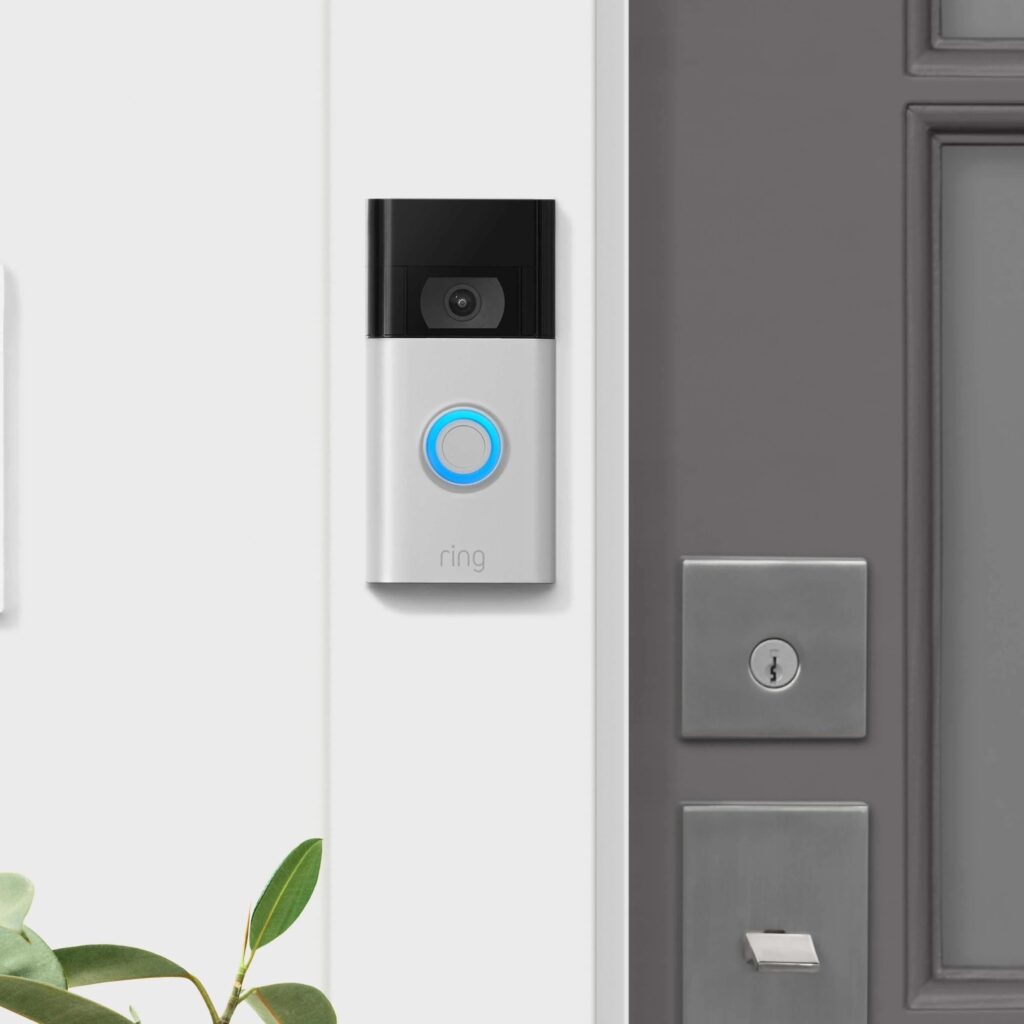
Smart security systems have made homes across the globe safer than ever before, from remotely monitoring security cameras to automatically alerting the authorities in case of a break-in or other security threats. These security systems also stand as a warning against malicious activities, resulting in curving the situation as a whole.
5. Smart Entertainment Systems
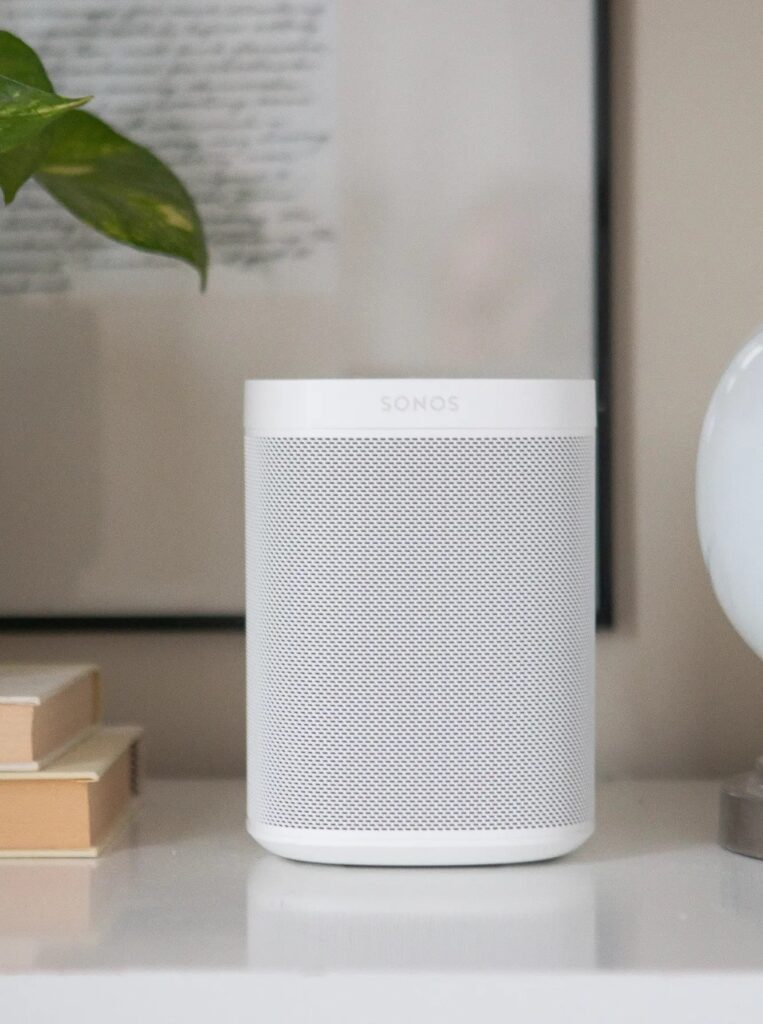
Similar to other smart systems, this system allows homeowners to control their home’s audio and video systems remotely.
How Home Automation Works?
Home automation essentially transforms a home into a working machine; a machine specifically designed to serve and facilitate your needs. And like every other machine, a combination of software and hardware work in tandem to automate your home. Automation may include daily rudimentary tasks like ordering stuff from the internet to arming the security system through devices integrated into the home. However, just having the said devices doesn’t turn your home smart or automated, a line of additional components is needed to facilitate the smooth functioning of the devices themselves. These components include the following:
1. Sensors
Sensors are like human senses, and similar to human senses, these sensors can detect changes in the environment and send signals of the same to the controllers and hub. There are a plethora of different sensors that are used in home automation including position sensors, pressure sensors, temperature sensors, movement sensors, photo sensors and more.
2. Controllers/Hubs
A controller/hub is essentially a device that manages and communicates with other devices in the home automation systems. These devices can receive signals from sensors and send commands to devices. Some examples of controllers are smartphones, computers, tablets and personal assistants in your home.
3. Actuators/Devices
These devices actually carry out the commands sent through the controllers, in other words by you using the controllers. Some examples of these devices are smart bulbs, smart speakers and cameras.
4. Network
You would think, wifi and Ethernet cables are the only networks used for communication between devices, but thankfully that’s not the case. Using wifi and Ethernet for communication between certain devices can leave you with a risk of hacks and data leaks. So, the system also makes use of Zigbee for communication in addition to wifi and Ethernet.
5. Software
Finally, the software is used to control and automate the different components of the home automation system along with giving you a user interface to interact with the system. Some examples of the same are mobile apps, desktop applications or web-based interfaces.
Also Read: 6 Television Unit Design Ideas for your Home in 2022
How to Implement Home Automation in Your Home?
Contrary to popular belief, home automation is easier to implement than most people think when the process is approached in the right way. So, here’s how you can turn your home smart:
1. Consider All the Factors
To ensure the system meets your expectation, needs, budget, compatibility, connectivity, security, ease of use and support should be considered. It should be according to the specifics of your home. This will help you save money, expedite the process and avoid mistakes. Moreover, we recommend consulting some design experts to implement the system seamlessly.
2. Installation Process & Cost
The costs involved with implementing home automation can vary depending on the level of sophistication and the number of devices. It can also depend on the brand or the features of the devices and other components. However, to give you a rough idea the minimum cost involved with home automation is around 3.5 lakhs (this number can change with time and other factors). And as far as the process is concerned, here’s what that looks like –
Installation Process:
- Before anything else, you should consult a home automation specialist, who can examine your home thoroughly to determine your needs and preferences. This will help you understand the best automation system required and also the best approach to implementing home automation.
- Once the system is chosen according to your home, needs and budget, the specialist will come up with a detailed plan. It plan outlines all the devices and components involved, their placement and wiring, and any necessary modifications to the home.
- The installation phase is quite simple, though it might take some time depending on the complexity of the system. The installation phase also includes the software integration and configuration of the user interface.
- In the last stage, the entire home automation system is thoroughly tested for any errors. In this stage, the specialist will also train you to use the system appropriately.
To sum up – Home automation has numerous benefits to elevate the standard of living. It’s comparatively easy to implement the same in any home. Provided you are willing to shell out the money required to implement it. And if it seems like something you are interested in, make sure you follow the above-mentioned tips and suggestions to get it done seamlessly.

